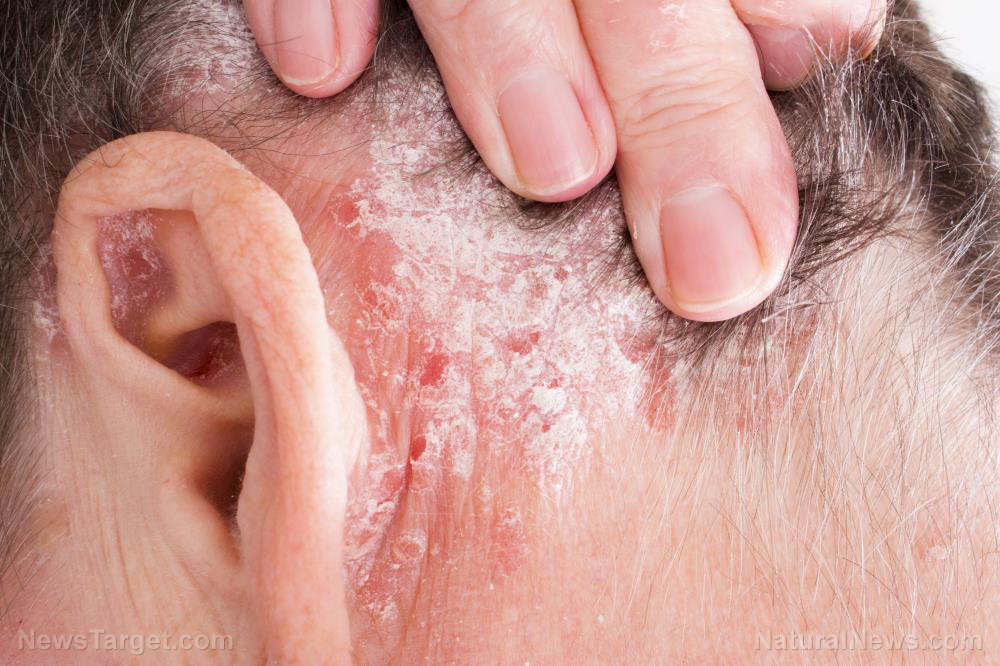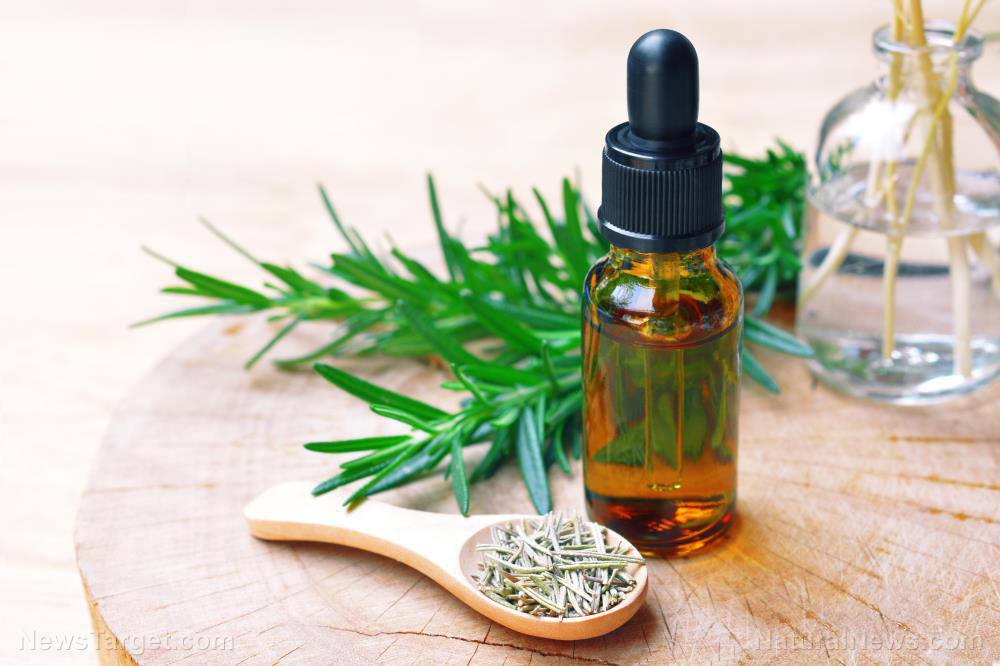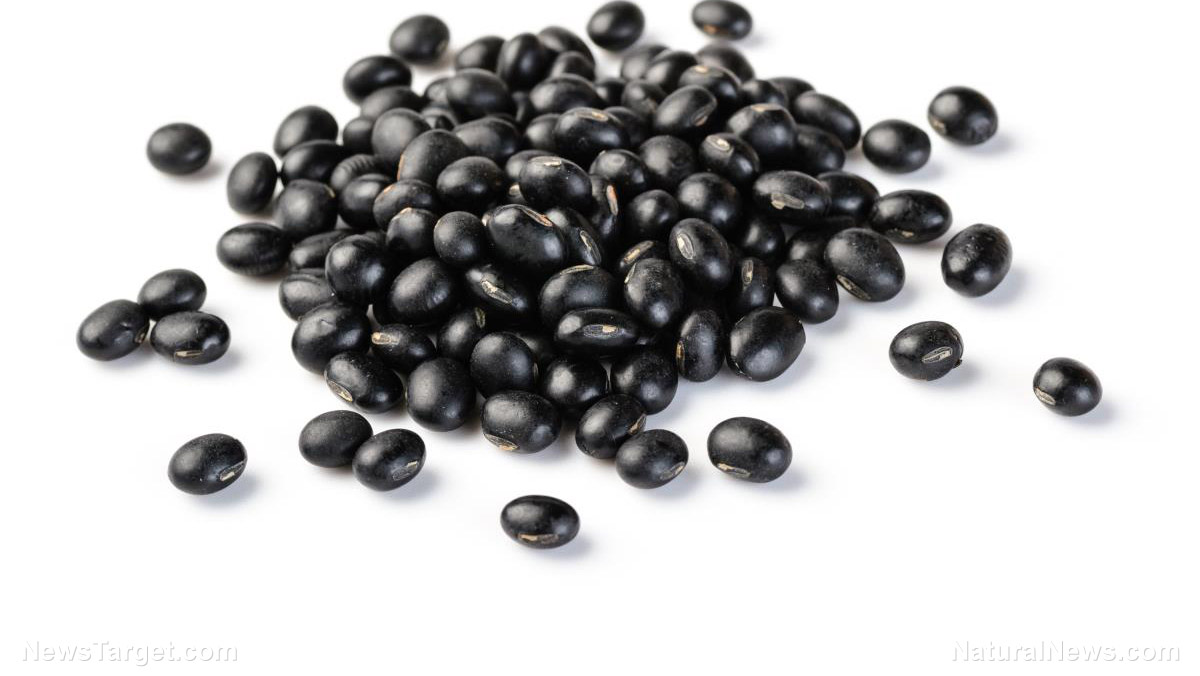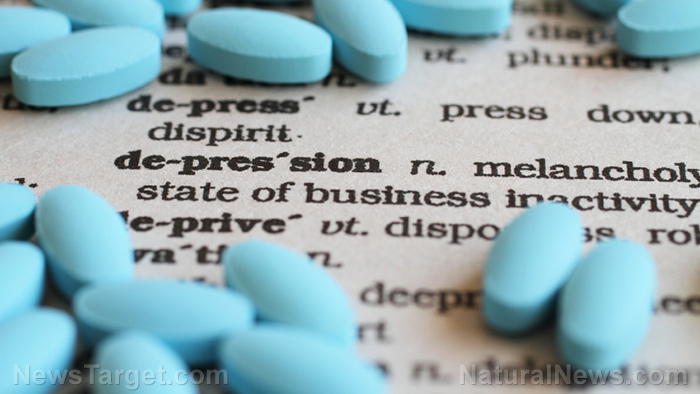 Parler
Parler Gab
Gab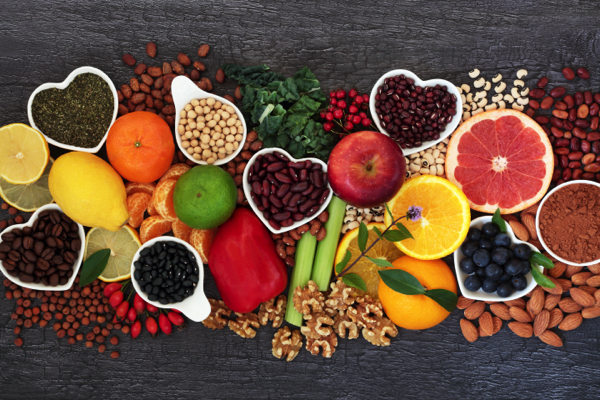
- Chrysin, from the traditional medicine plant, Passiflora coerulea L. (Medina et al., 1990; Wolfman et al., 1994)
- Apigenin, from the dried flower heads of Matricaria recutita L. (Asteraceae) (Viola et al., 1995)
- Flavones from an extract of sage leaves (Salvia officinalis L.) (Kavvadias et al., 2003)
- Apigenin, from an extract of dried flowers of Matricaria chamomilla L. (Avallone et al., 2000)
- Epigallocatechin gallate, which is concentrated in green tea (Campbell et al., 2004)
- Gabrol from licorice (Glycyrrhiza glabra) (Cho et al., 2012)
- Quercetin and kaempferol in Linden flowers (Jäger AK, Saaby L., 2011)
- Quercetin in heather (Jäger AK, Saaby L., 2011)
- Flavonoid glycosides in Ginkgo biloba extract (Jäger AK, Saaby L., 2011)
- Baicalein from Scutellaria baicalensis (Jäger AK, Saaby L., 2011)
| Food | mg flavonoids/100 grams |
| Cacao beans | 8606 |
| Juice concentrate, elderberry | 520 |
| Elderberries, raw | 518 |
| Juice concentrate, blackberry | 355 |
| Raspberries, black, raw | 324 |
| Bilberries, raw | 289 |
| Cocoa, dry, unsweetened | 261 |
| Carob flour | 236 |
| Parsley, fresh | 233 |
| Radicchio, raw | 204 |
| Blackberries, raw | 138 |
| Blueberries, wild, raw | 133 |
| Tea, green, brewed | 120 |
| Tea, black, brewed | 119 |
| Cranberries, raw | 99 |
| Kale, raw | 99 |
| Currants, red, raw | 79 |
| Kumquats, raw | 79 |
| Juice, blackcurrant | 78 |
| Tea, white, brewed | 75 |
| Grapes, Concord, raw | 73 |
| Arugula, raw | 69 |
| Mustard greens, raw | 63 |
| Acai berries, frozen | 62 |
Living with PSORIASIS: Science, secrets and solutions that actually work
By Olivia Cook // Share
5 common kitchen herbs and spices for weight loss
By News Editors // Share
Black beans: The powerhouse legume you need in your diet
By Laura Harris // Share
Iron deficiency identified as a major cause of DEPRESSION
By Lance D Johnson // Share
Governments continue to obscure COVID-19 vaccine data amid rising concerns over excess deaths
By patricklewis // Share
Tech giant Microsoft backs EXTINCTION with its support of carbon capture programs
By ramontomeydw // Share
Germany to resume arms exports to Israel despite repeated ceasefire violations
By isabelle // Share
